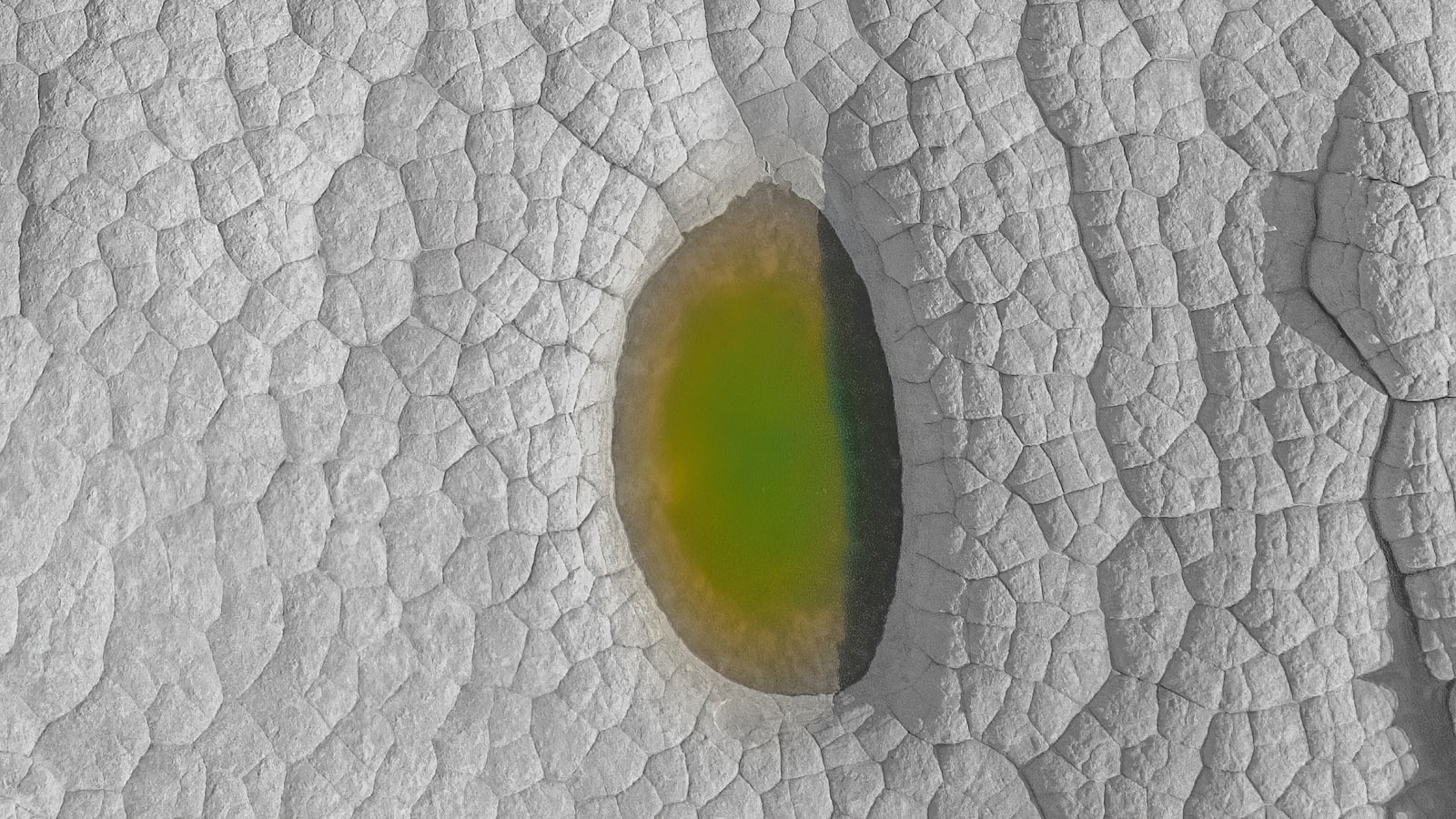1
2
3
4
5
6
7
8
9
10
11
12
13
14
15
16
17
18
19
20
21
22
23
24
25
26
27
28
29
30
31
32
33
34
35
36
37
38
39
40
41
42
43
44
45
46
47
48
49
50
51
52
53
54
55
56
57
58
59
60
61
62
63
64
65
66
67
68
69
70
71
72
73
74
75
76
77
78
79
80
81
82
83
84
85
86
87
88
89
90
91
92
93
94
95
96
97
98
99
100
101
102
103
104
105
106
107
108
109
110
111
112
113
114
115
116
117
118
119
120
121
122
123
124
125
126
127
128
129
130
131
132
133
134
135
136
137
138
139
140
141
142
143
144
145
146
147
148
149
150
151
152
153
154
155
156
157
158
159
160
161
162
163
164
165
166
167
168
169
170
171
172
173
174
175
176
177
178
179
180
181
182
183
184
185
186
187
188
189
190
191
192
193
194
195
196
197
198
199
200
201
202
203
204
205
206
207
208
209
210
|
public BeanWrapper autowireConstructor(String beanName, RootBeanDefinition mbd,
@Nullable Constructor<?>[] chosenCtors, @Nullable Object[] explicitArgs) {
BeanWrapperImpl bw = new BeanWrapperImpl();
this.beanFactory.initBeanWrapper(bw);
Constructor<?> constructorToUse = null;
ArgumentsHolder argsHolderToUse = null;
Object[] argsToUse = null;
if (explicitArgs != null) {
argsToUse = explicitArgs;
} else {
Object[] argsToResolve = null;
synchronized (mbd.constructorArgumentLock) {
constructorToUse = (Constructor<?>) mbd.resolvedConstructorOrFactoryMethod;
if (constructorToUse != null && mbd.constructorArgumentsResolved) {
argsToUse = mbd.resolvedConstructorArguments;
if (argsToUse == null) {
argsToResolve = mbd.preparedConstructorArguments;
}
}
}
if (argsToResolve != null) {
argsToUse = resolvePreparedArguments(beanName, mbd, bw, constructorToUse, argsToResolve, true);
}
}
if (constructorToUse == null || argsToUse == null) {
Constructor<?>[] candidates = chosenCtors;
if (candidates == null) {
Class<?> beanClass = mbd.getBeanClass();
try {
candidates = (mbd.isNonPublicAccessAllowed() ?
beanClass.getDeclaredConstructors() : beanClass.getConstructors());
} catch (Throwable ex) {
throw new BeanCreationException(mbd.getResourceDescription(), beanName,
"Resolution of declared constructors on bean Class [" + beanClass.getName() +
"] from ClassLoader [" + beanClass.getClassLoader() + "] failed", ex);
}
}
if (candidates.length == 1 && explicitArgs == null && !mbd.hasConstructorArgumentValues()) {
Constructor<?> uniqueCandidate = candidates[0];
if (uniqueCandidate.getParameterCount() == 0) {
synchronized (mbd.constructorArgumentLock) {
mbd.resolvedConstructorOrFactoryMethod = uniqueCandidate;
mbd.constructorArgumentsResolved = true;
mbd.resolvedConstructorArguments = EMPTY_ARGS;
}
bw.setBeanInstance(instantiate(beanName, mbd, uniqueCandidate, EMPTY_ARGS));
return bw;
}
}
boolean autowiring = (chosenCtors != null ||
mbd.getResolvedAutowireMode() == AutowireCapableBeanFactory.AUTOWIRE_CONSTRUCTOR);
ConstructorArgumentValues resolvedValues = null;
int minNrOfArgs;
if (explicitArgs != null) {
minNrOfArgs = explicitArgs.length;
} else {
ConstructorArgumentValues cargs = mbd.getConstructorArgumentValues();
resolvedValues = new ConstructorArgumentValues();
minNrOfArgs = resolveConstructorArguments(beanName, mbd, bw, cargs, resolvedValues);
}
AutowireUtils.sortConstructors(candidates);
int minTypeDiffWeight = Integer.MAX_VALUE;
Set<Constructor<?>> ambiguousConstructors = null;
LinkedList<UnsatisfiedDependencyException> causes = null;
for (Constructor<?> candidate : candidates) {
Class<?>[] paramTypes = candidate.getParameterTypes();
if (constructorToUse != null && argsToUse != null && argsToUse.length > paramTypes.length) {
break;
}
if (paramTypes.length < minNrOfArgs) {
continue;
}
ArgumentsHolder argsHolder;
if (resolvedValues != null) {
try {
String[] paramNames = ConstructorPropertiesChecker.evaluate(candidate, paramTypes.length);
if (paramNames == null) {
ParameterNameDiscoverer pnd = this.beanFactory.getParameterNameDiscoverer();
if (pnd != null) {
paramNames = pnd.getParameterNames(candidate);
}
}
argsHolder = createArgumentArray(beanName, mbd, resolvedValues, bw, paramTypes, paramNames,
getUserDeclaredConstructor(candidate), autowiring, candidates.length == 1);
} catch (UnsatisfiedDependencyException ex) {
if (logger.isTraceEnabled()) {
logger.trace("Ignoring constructor [" + candidate + "] of bean '" + beanName + "': " + ex);
}
if (causes == null) {
causes = new LinkedList<>();
}
causes.add(ex);
continue;
}
} else {
if (paramTypes.length != explicitArgs.length) {
continue;
}
argsHolder = new ArgumentsHolder(explicitArgs);
}
int typeDiffWeight = (mbd.isLenientConstructorResolution() ?
argsHolder.getTypeDifferenceWeight(paramTypes) : argsHolder.getAssignabilityWeight(paramTypes));
if (typeDiffWeight < minTypeDiffWeight) {
constructorToUse = candidate;
argsHolderToUse = argsHolder;
argsToUse = argsHolder.arguments;
minTypeDiffWeight = typeDiffWeight;
ambiguousConstructors = null;
} else if (constructorToUse != null && typeDiffWeight == minTypeDiffWeight) {
if (ambiguousConstructors == null) {
ambiguousConstructors = new LinkedHashSet<>();
ambiguousConstructors.add(constructorToUse);
}
ambiguousConstructors.add(candidate);
}
}
if (constructorToUse == null) {
if (causes != null) {
UnsatisfiedDependencyException ex = causes.removeLast();
for (Exception cause : causes) {
this.beanFactory.onSuppressedException(cause);
}
throw ex;
}
throw new BeanCreationException(mbd.getResourceDescription(), beanName,
"Could not resolve matching constructor " +
"(hint: specify index/type/name arguments for simple parameters to avoid type ambiguities)");
} else if (ambiguousConstructors != null && !mbd.isLenientConstructorResolution()) {
throw new BeanCreationException(mbd.getResourceDescription(), beanName,
"Ambiguous constructor matches found in bean '" + beanName + "' " +
"(hint: specify index/type/name arguments for simple parameters to avoid type ambiguities): " +
ambiguousConstructors);
}
if (explicitArgs == null && argsHolderToUse != null) {
argsHolderToUse.storeCache(mbd, constructorToUse);
}
}
Assert.state(argsToUse != null, "Unresolved constructor arguments");
bw.setBeanInstance(instantiate(beanName, mbd, constructorToUse, argsToUse));
return bw;
}
|











